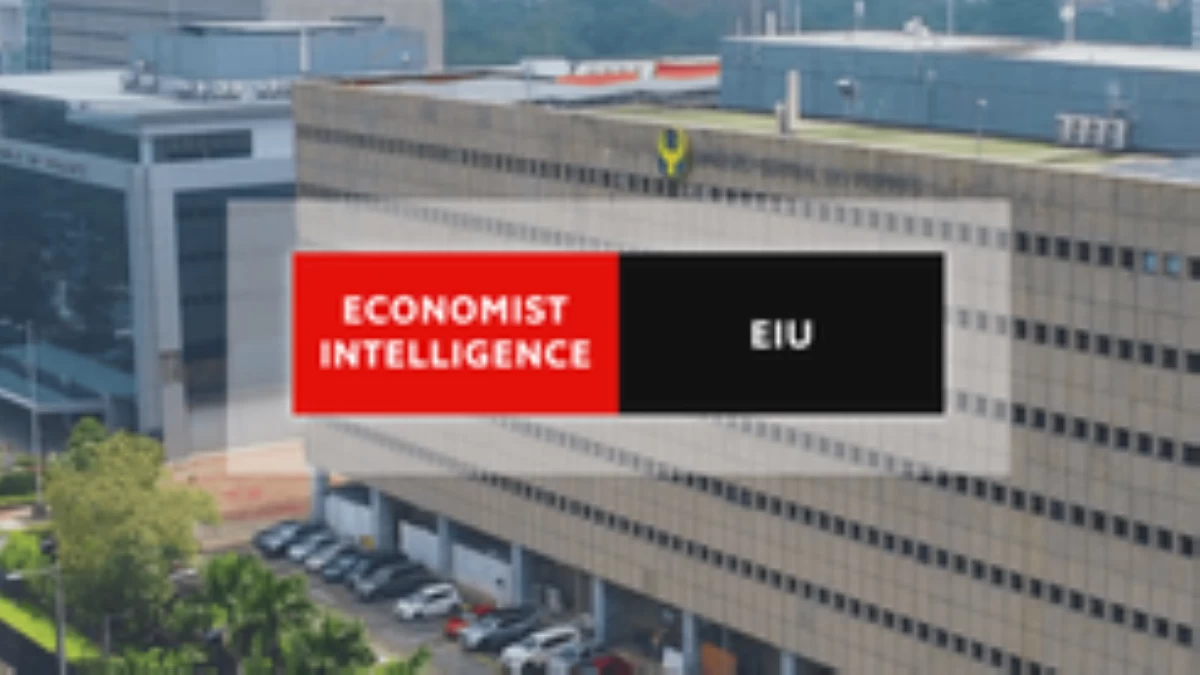
Upgrade to High-Speed Internet for only ₱1499/month!
Enjoy up to 100 Mbps fiber broadband, perfect for browsing, streaming, and gaming.
Visit Suniway.ph to learn
In love, they call it the seven-year itch, but the Philippine coal moratorium barely made it to a five-year streak before jumping back into the arms of its toxic ex: King Coal! Missing the ‘dirty play’ that much, huh? It looks like we can’t quit this coal addiction, even as the planet begs for mercy.
Sure, the Philippine economy needs reliable baseload to support its growth, and coal may still wear that crown now and in the years ahead—that much I can agree with the industry players and government policymakers.
But even with roughly 20GW of coal projects still supposedly covered under this moratorium, the Department of Energy (DOE) is signaling that it might not be enough. So, was it ever really a moratorium, or just a pause before the next big burn?
The Philippines’ emissions may be a drop in the global ocean, but as a climate frontline nation battered by extreme weather events, how can we demand the world’s help when we won’t even admit that unchecked global warming is a live fuse hissing at our doorstep? That's nothing more than a desperate cry for help cloaked in stubborn hypocrisy—demanding rescue while refusing to change the very course driving the crisis.
Climate justice won’t bail out those who resist transformation. In the end, the world might just stand by and watch us sink.
And has the DOE made it a standard practice to drop policy bombshells without proper and comprehensive public consultations? Last I checked, the Philippines was still a democracy, so why are national policies starting to feel like the whims of just the selected few? Moreover, is there anyone knowledgeable enough to properly check the supply-demand balance against all the capacities the DOE wants to integrate?
Reigniting a ‘dirty tech’ throne
The DOE labels the rule change as a ‘clarification,’ but the way the advisory was sloppily worded and broadly framed, industry veterans know better—it walks, talks, and smells like a de facto, if not full-blown cancellation dressed in policy-speak.
The new advisory is full of giveaway operative words: the kind that slip through in plain sight, but which have already quietly rewritten the rules while pretending nothing changed.
“New capacity from on-grid coal-fired power plants may be allowed solely under exceptional circumstances, such as during or declared or imminent power crisis or when there is an imminent shortage of electricity supply, that if unaddressed, may lead to severe impacts in specific areas or regions, as may be determined by the Department of Energy,” the advisory stipulated.
Two red flags stand out like open doors for abuse. First is the conveniently vague cry of ‘imminent shortage of electricity supply,’ which can be stretched to fit any agenda, like the recurring tight supply incidents during summer months, often triggered by simultaneous forced outages of power plants. Second is the catch-all clause ‘as may be determined by the DOE,’ which turns policy into a game of favors. Under this rule, a simple letter of acknowledgment can magically lift the moratorium veil for the well-connected—especially the political sponsors and business BFFs of any sitting administration.
The DOE issuance further stated that “all coal-fired power plants with a letter of acknowledgment of non-coverage shall have a time-bound transition plan to renewable or clean energy sources, with retirement or conversion to clean fuel alternatives not later than 31 December 2060, whichever comes earlier.”
The advisory dropped crumbs on the table for a prospective clean energy shift by requiring coal plants with exemption letters to ‘transition’ by 2060. This deadline is so far off that it reads more like a publicity stunt than a serious climate commitment.
Retirement or conversion by 2060? Come on—if a coal moratorium couldn’t even survive five years, who’s buying the fantasy that a promise four decades out will stick? That’s not a roadmap; it’s a smokescreen.
And let’s not forget that the whole policy is just propped up by an advisory, not a law. This means it’s built on ‘paper promises’ with no real legal backbone—easy to bend and even easier to break.
The advisory similarly greenlights coal-fired power plants within Philippine Economic Zone Authority-supervised zones (PEZA), specifying that “industrial parks intending to develop and use coal-fired power plants for their own operations may be allowed under the moratorium,” provided that industrial end-users secure an endorsement from PEZA.
Have we forgotten that many manufacturers, especially the multinational firm-locators, are already working hard to decarbonize and meet net-zero goals? Yet, the government undercuts that progress by pushing coal back into their very backyards, like offering drugs to a neighborhood that’s already trying to stay clean.
Policy whiplash: Investors and lenders hate maybes
What comfort and level of confidence can investors, lenders, and insurers really take from this? Must they constantly stay uneasy and cross their fingers that the next administration doesn’t alter the rules again?
For example, if you start a coal plant project now and finish permitting in the last two years of the Marcos administration, what guarantee do you have that the policy won’t change again, especially when the moratorium has already been rewritten once before? Let’s hope it’s not a crash course of regret on Philippine investing.
The big picture is that policies in the Philippines seem to come with an expiration date tied to political terms. Yet, we expect serious investors to treat us like a stable bet?
Given our constant policy flip-flops and massive corruption driving up political risks, is it any surprise that investors don't see the Philippines as a safe place to park their capital?
Countries that persist in using coal face higher risk premiums—primarily tied to financial uncertainties (like stranded legacy assets) and environmental liabilities associated with fossil fuel dependence.
In today’s fiercely competitive financial arena, investors and lenders are sharpening their focus on Environmental, Social, and Governance (ESG) metrics. Countries that maintain a coal-dependent energy mix will be perceived as less sustainable, leading to reduced investment and elevated borrowing costs—and that rising cost of capital will inevitably redound to higher rates for consumers.
The Philippines is already losing ground to ASEAN neighbors in the Foreign Direct Investment (FDI) race. If we keep flipping policies like a broken record, getting stuck longer at the lower end of the economic totem pole won’t just be expected—it will be inevitable.
It’s also a bitter irony that just as the Philippines prepares its new Nationally Determined Contribution (NDC) pledge for COP30, the DOE is lighting up the spotlight for all the wrong reasons. They target burning more coal while preaching climate justice—turning commitment into contradiction on the world stage. Our core message seems to be: Oh, hello world, we’re doubling down on dirty energy instead of phasing it down. We call that progress!
It’s no surprise that the mood at UN climate talks is turning cold on funding countries that refuse to ditch coal, with some sectors now pleading to cut off cash to these markets that are dragging their feet on real change.
Finally, good luck to the next generations. With the path we’re carving now, they’ll need more than luck to survive the mess we’re leaving behind. Here’s hoping that mess isn’t dumped on your own children and grandchildren!
For feedback and suggestions, please email at: [email protected]

 6 hours ago
1
6 hours ago
1



